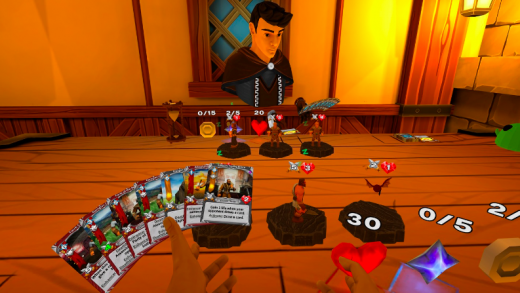
AI-generated writing is now all over the internet. The introduction of automated prose can sometimes change a website’s character, like when once beloved publications get purchased and overhauled into AI content mills. Other times, however, it’s harder to argue that AI really changed anything. For example, look at LinkedIn.
The Microsoft-owned social media site for business professionals has embraced AI, even offering LinkedIn Premium subscribers access to its own in-house AI writing tools that can “rewrite” posts, profiles, and direct messages. The initiative appears to be working: Over 54 percent of longer English-language posts on LinkedIn are likely AI-generated, according to a new analysis shared exclusively with WIRED by the AI detection startup Originality AI. It’s just that the corporate-speak style of AI writing on the platform can be tricky to distinguish from genuine human-penned Thought Leader Blogging.
Originality scanned a sample of 8,795 public LinkedIn posts over 100 words long that were published from January 2018 to October 2024. For the first few years, the use of AI writing tools on LinkedIn was negligible. A major increase then occurred at the beginning of 2023. “The uptick happened when ChatGPT came out,” says Originality CEO Jon Gillham. At that point, Originality found the number of likely AI-generated posts had spiked 189 percent; it has since leveled off.
LinkedIn says it doesn’t track how many posts on the site are written or edited with AI tools. “But we do have robust defenses in place to proactively identify low-quality, and exact or near-exact duplicate content. When we detect such content, we take action to ensure it is not broadly promoted,” says Adam Walkiewicz, LinkedIn’s head of “feed relevance.” “We see AI as a tool that can help with review of a draft or to beat the blank page problem, but the original thoughts and ideas that our members share are what matter.”
LinkedIn is for finding a new job and keeping in touch with former coworkers, which means it’s a relatively staid social media platform. But in recent years, it’s developed its own network of influencers and is surprisingly popular with Gen Z, including teenagers. Like everywhere else on the internet, people are thirsty for attention on LinkedIn, too, and startups have realized there’s money to be made helping people grow their audiences. There’s a cottage industry of AI LinkedIn comment and post generators to help the career-minded churn out content to dazzle potential bosses or prospective customers. Instead of spending four minutes puzzling over the right tone with which to congratulate an ex-colleague on their promotion, it now takes four seconds to conjure up an algorithmically generated accolade instead.
But LinkedIn users who spoke to WIRED say that they rely more on general-purpose large language models to cobble their LinkedIn posts together rather than bothering with specialty AI tools. Content writer Adetayo Sogbesan says she uses Anthropic’s Claude to spin up rough drafts of posts she creates on behalf of clients in the tech industry. “Of course, there’s a lot of editing done after,” she says, but the chatbot still “helps me save a lot of time.”


